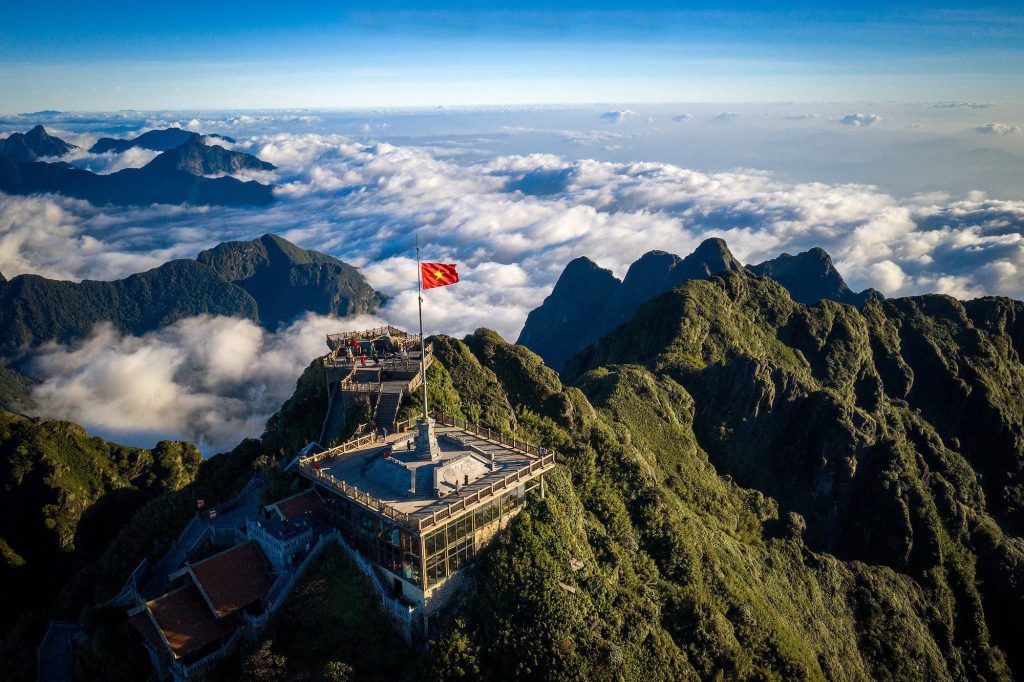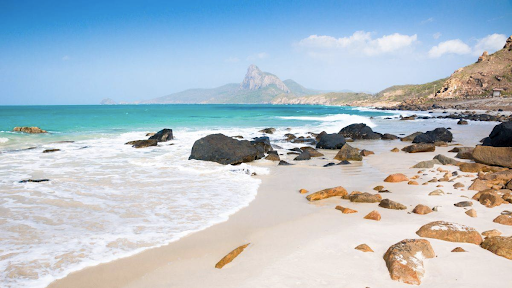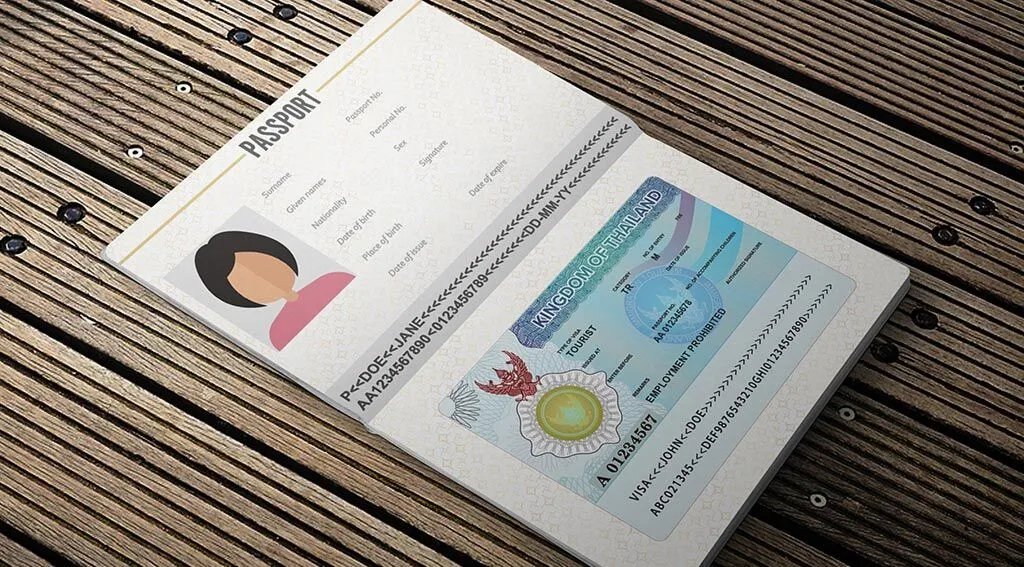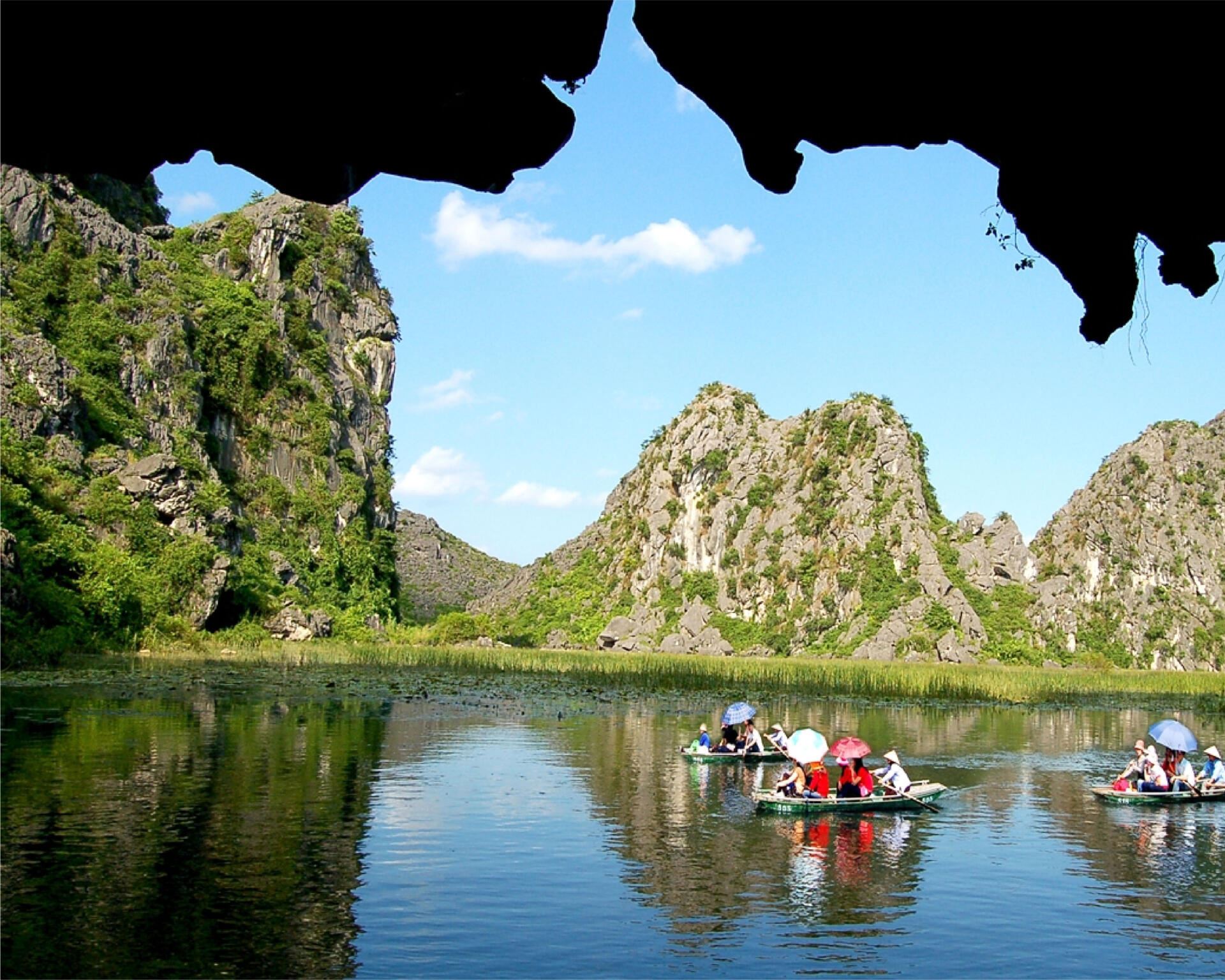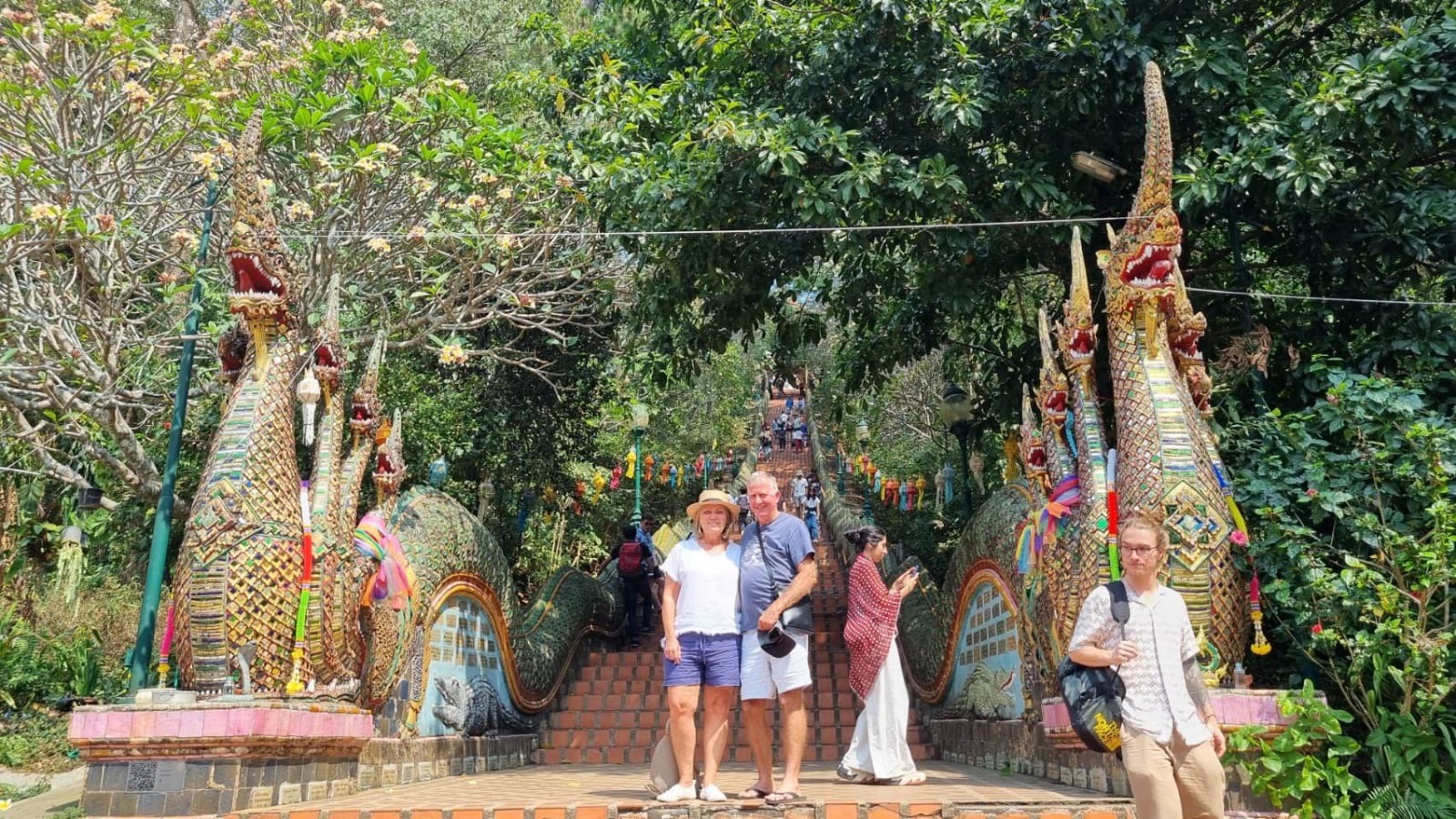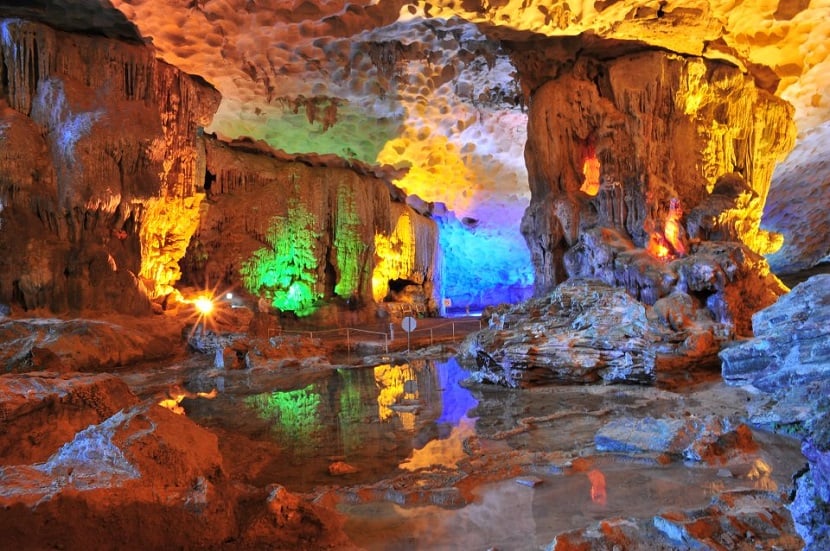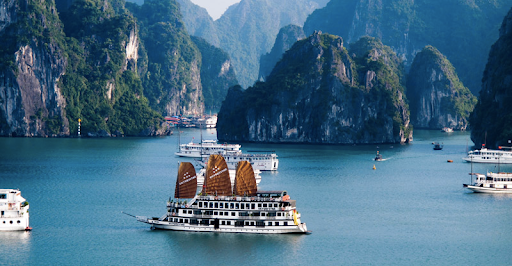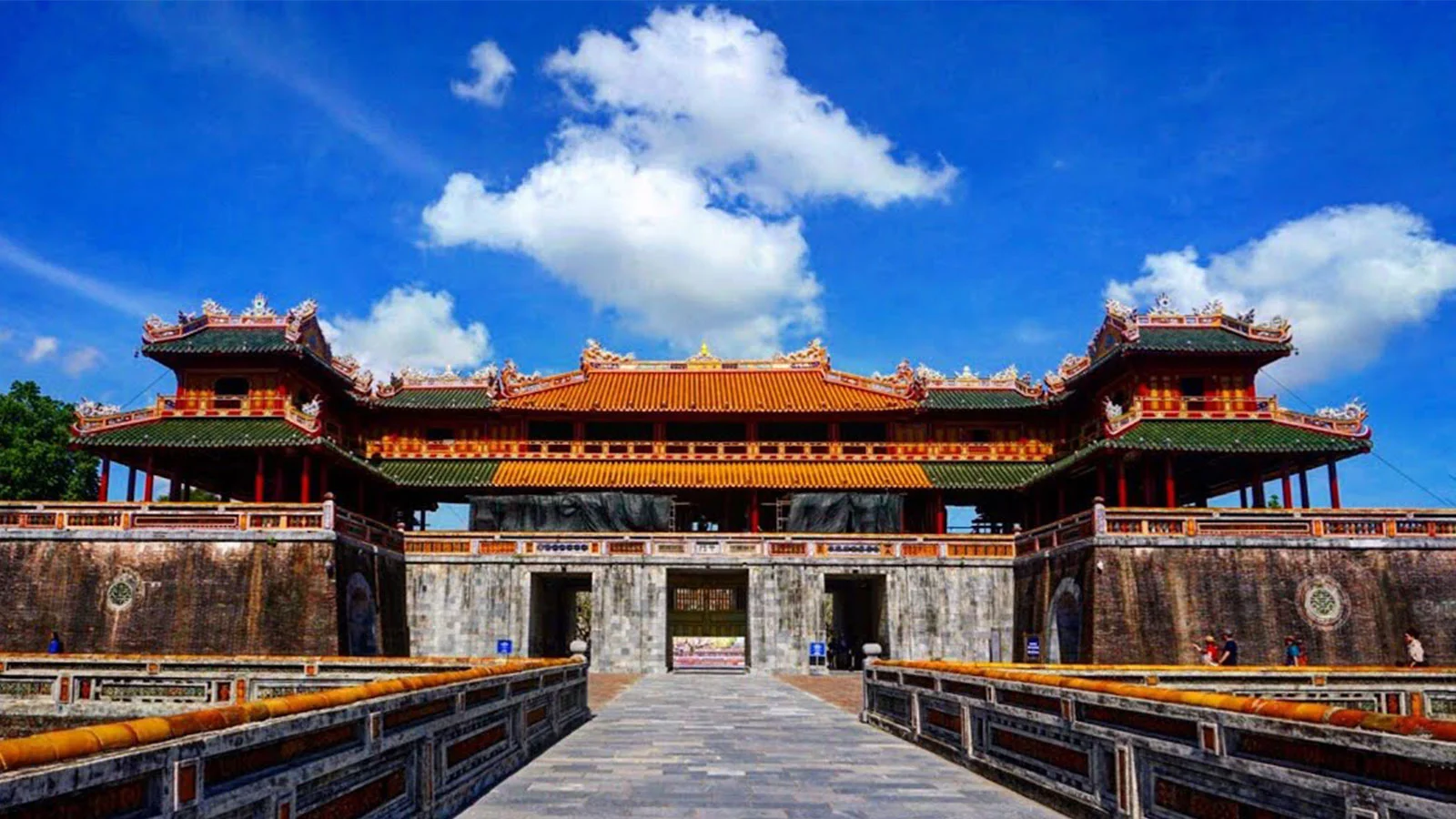This guide: Where is Sapa in Vietnam? Top 10 Famous Tourist Attractions not only reveals Sapa’s exact location but also explores its ancient history, rich cultural heritage, and top attractions. From the majestic Fansipan Mountain to the traditional ethnic villages and vibrant Love Market, Sapa promises anunforgettable journey through its stunning landscapes and unique traditions.
Where is Sapa in Vietnam?
Sapa, also known as Sa Pa, is a district-level town of Lao Cai Province in the Northwest region of Vietnam. As a key market and touristic town in the area, it is known for its stunning landscapes and cultural diversity. Home to several ethnic minority groups such as Hmong, Dao (Yao), Giay, Xa Pho, and Tay, Sapa offers a rich cultural experience alongside its breathtaking natural beauty.
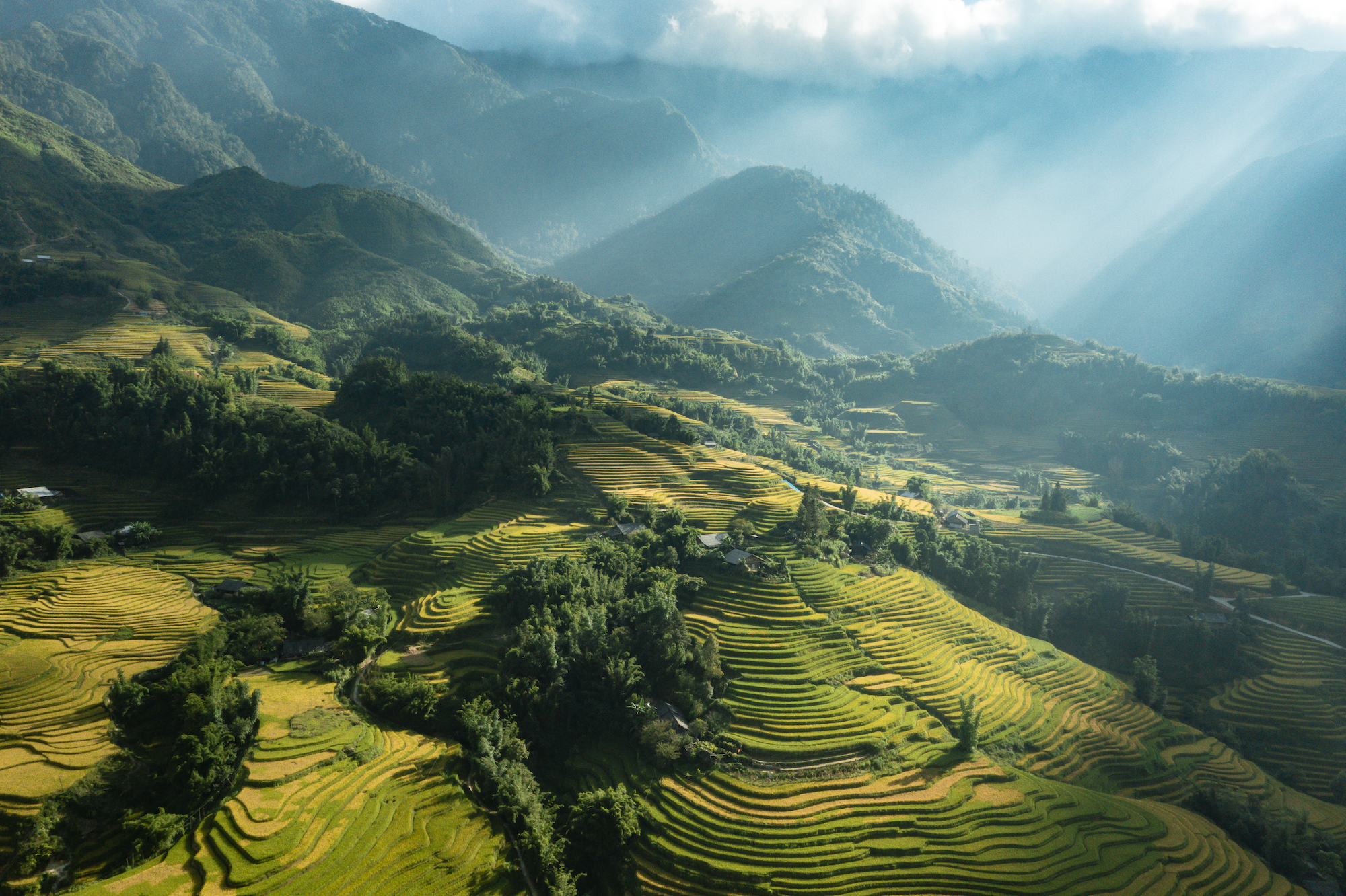
The town itself lies at Sa Pa ward and serves as a base for trekkers who come to explore the nearby rice terraces, towering peaks like Fansipan, and lush valleys. The location’s high elevation in the Hoang Lien Son Mountains contributes to its cool and temperate climate, which is a refreshing change from the tropical heat found in much of Vietnam .
History & Heritage Sapa, Vietnam
Exploring the ancient history and cultural heritage of Sapa, Vietnam is an adventure that leaves a lasting impression. The region’s remarkable mountains and verdant valleys are matched by its distinctive ethnic traditions, offering something for every visitor.
Ancient History
Roaming the terraced rice fields and fog-shrouded peaks of Sapa, one can’t help but feel a sense of being in a time long past. The area’s deep-rooted history is woven with rituals and practices carried on through the ages by its ethnic tribes. From the elaborate embroidery of the Hmong to the Red Dzao’s ornate headdresses, each community preserves its ancestral customs alive and thriving. For travelers, witnessing these cultural expressions up close is an experience filled with reverence and wonder, a powerful reminder of the vast, unexplored knowledge that our world holds.
Cultural Heritage
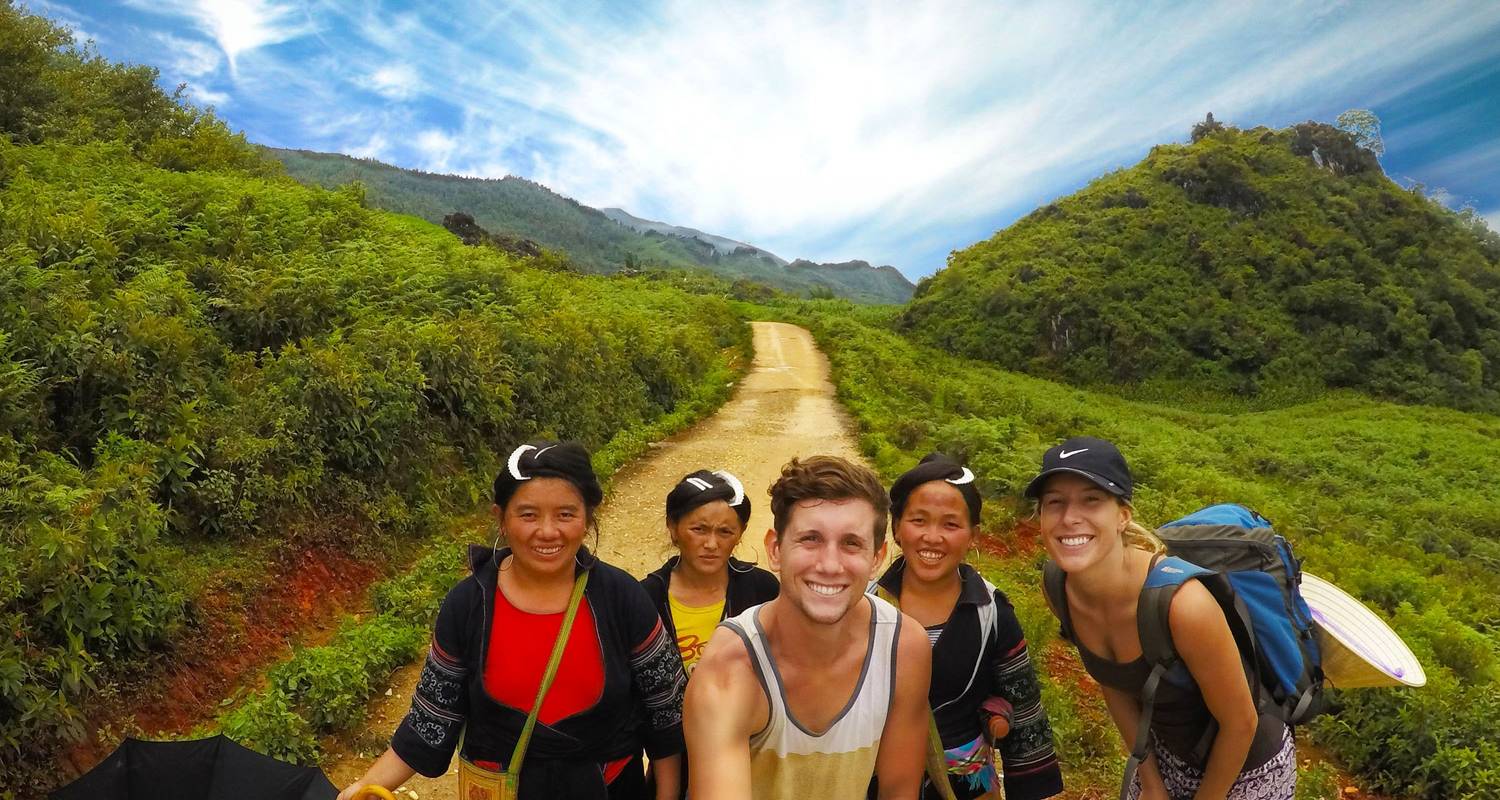
For those who seek adventure and cultural depth, understanding the histories and heritages of ethnic minorities is a vital part of any expedition. Beyond appreciating the traditions that inform current ways of life, immersing in the rich and varied cultural heritage offers chances to try local delicacies and comprehend distinct lifestyles. Whether it’s engaging with the age-old practices of remote communities or enjoying folk dances at local festivals, numerous avenues exist to engage with the captivating customs that constitute the intricate mosaic of human society.
After discovering “Where is Sapa in Vietnam”, let’ find out other acttractions of this place.
Top 10 Famous Tourist Attractions in Sapa, Vietnam
Ham Rong Mountain
Where is Sapa in Vietnam? Planning a trip to Sapa, Vietnam? Then you must not miss out on Ham Rong Mountain in Sapa. This majestic peak is one of the most loved tourist spots in Sapa. Ham Rong Mountain offers a panoramic vista of Sapa and its surrounding environment, encompassing vibrant green valleys and towering mountain ranges that extend as far as the eye can see.
Legend has it that the mountain is named after a dragon that once lived in the area. It’s said the dragon was so large that it could wrap around the entire mountain. Today, you can still see rock formations resembling the dragon’s head and tail.
Stone Church in Sa Pa
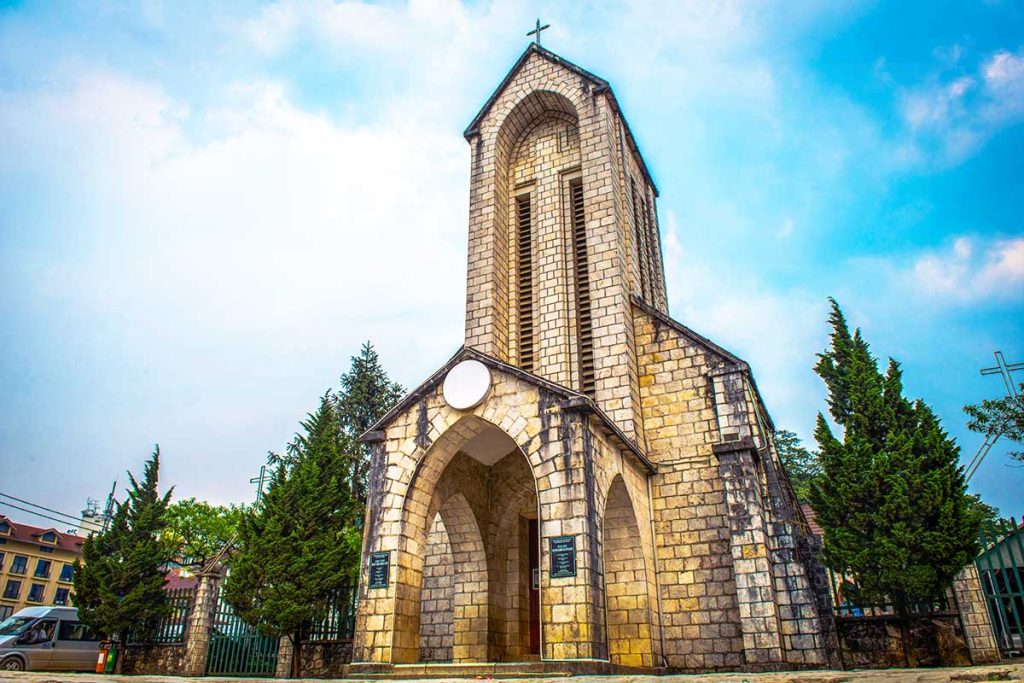
The Stone Church in Sapa is a must-visit landmark for anyone interested in history and architecture in Sapa, Vietnam. Built by French missionaries in the 19th century, the church is an iconic structure in the area with its stunning stone facade and Gothic architectural style.
The church’s interior is equally impressive, with intricate stained glass windows, long wooden pews, and a high ceiling, providing a sense of grandeur and tranquility.
Cat Cat Village Sapa
Cat Cat Village is home to the H’mong ethnic group, one of the largest in Sapa. The village is renowned for its natural beauty, which includes lush terraced fields, cascading waterfalls, and verdant hill slopes. Visitors can explore the narrow lanes of the village, visit traditional H’mong houses, and learn about the process of making clothes and traditional H’mong handicrafts.
Fansipan Mountain
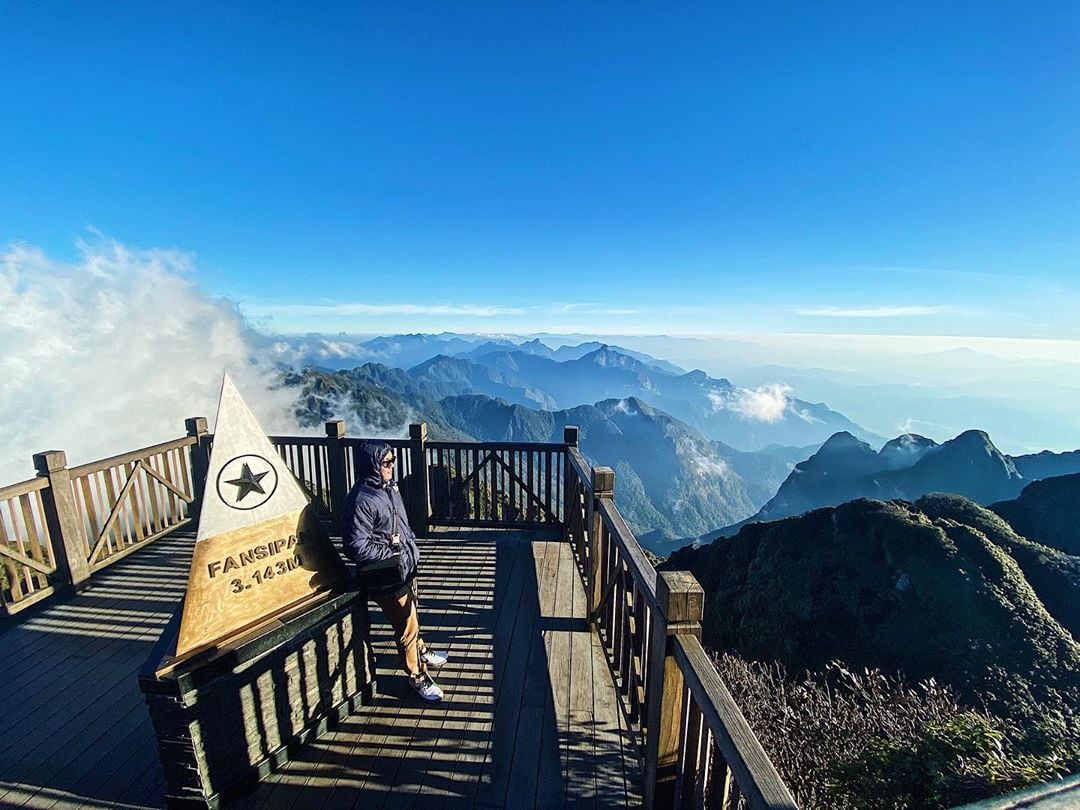
Fansipan Mountain is the highest peak in Vietnam, Laos, and Cambodia and is among the most beloved destinations in Sapa, Vietnam. Known as the “Roof of Indochina,” Fansipan Mountain offers stunning views of the surrounding mountains and valleys, often enveloped in mist and clouds.
Climbing Mount Fansipan is a challenging yet rewarding activity, with several trekking routes available depending on your physical fitness and experience. The journey to the summit of Mount Fansipan is not for the faint-hearted, but the sense of achievement and the breathtaking landscape make it a once-in-a-lifetime experience not to be missed.
For those looking for a less challenging way to experience Mount Fansipan, the cable car is also an option. The cable car takes visitors from the base of the mountain to the summit, stopping at various scenic points along the way.
Ta Van Village
Ta Van Village is the homeland of the Giay ethnic group, known for its unique culture and traditions. One of the highlights of visiting Ta Van Village is the discovery of the stunning terraced fields that surround the village. These terraced fields are a masterpiece of human engineering, with each plot carved into the steep mountain slopes by hand.
Another popular activity in Ta Van Village is visiting traditional Giay homes. These stilt houses are made from local materials such as bamboo, wood, and palm leaves, with unique architectural designs that reflect Giay culture. Visitors can explore these homes, learn about traditional lifestyles, and even participate in local customs like rice wine making or weaving.
O Quy Ho Pass
Connecting Lai Chau and Lao Cai provinces, the O Quy Ho Pass is one of the great four passes of Vietnam, rising over 2,000 meters above sea level. The pass offers breathtaking views of surrounding mountains and valleys, with lush forests, rolling hills, and winding rivers stretching as far as the eye can see.
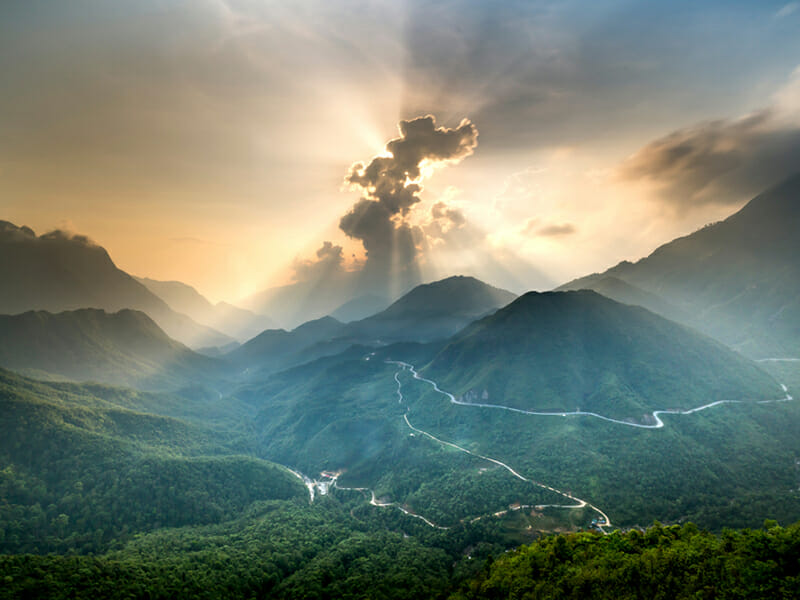
A standout feature of traveling the O Quy Ho Pass is the opportunity to stop at numerous scenic points along the way. These viewpoints are perfect spots for memorable photos and immersing oneself in the natural beauty of the area.
Silver Waterfall Sapa
The Silver Waterfall is a stunning natural sight located just outside of Sapa, in Lao Cai Province. It’s one of the most famous tourist destinations in Sapa, known for its sparkling appearance like silver, due to sunlight reflecting on the water as it cascades down the cliffs.
About 200 meters high, the waterfall can be reached by a short hike through the surrounding forest. Along the path, visitors have the chance to admire lush vegetation and enjoy the fresh mountain air. At the waterfall, guests can take in the gorgeous scenery and feel the refreshing mist on their faces as the water plummets into the pool below.
Muong Hoa Valley
The breathtaking Muong Hoa Valley, located in Sapa, Vietnam, is regarded as one of the most picturesque areas in the region. The valley is inhabited by many traditional craft villages of the H’Mong and Dao ethnic groups.
Visitors to the Muong Hoa Valley can choose to explore the area on their own or participate in a guided tour, which can offer a deeper understanding of the history and culture of the region. Whether you enjoy walking through stunning landscapes, experiencing unique cultural traditions, or simply appreciating natural beauty, Muong Hoa Valley is a must-visit spot for anyone traveling to Sapa, Vietnam.
Sapa Love Market
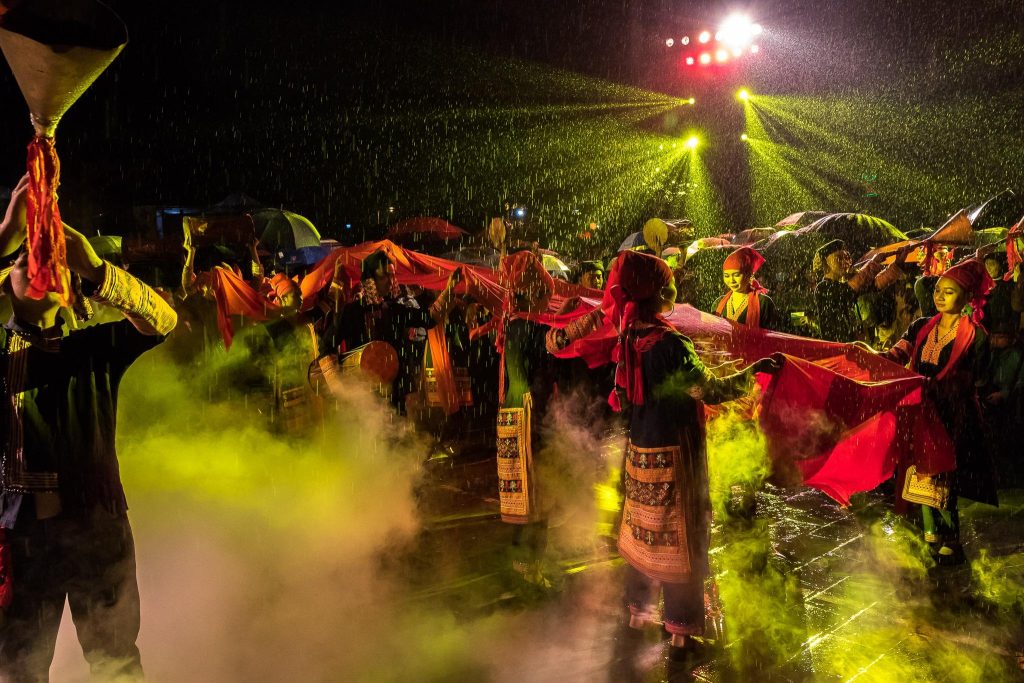
The Love Market is one of the most famous markets in Sapa, a place where young people from various ethnic groups in the area gather to socialize and look for potential partners. It’s a unique opportunity to witness the traditional courting customs of the H’mong, Dao, and Giay people, who dress in traditional attire and engage in singing, dancing, and more.
Beyond its cultural aspect, visitors to the Love Market can also browse through numerous stalls selling handicrafts, textiles, and local food. The market is a perfect place to buy authentic souvenirs and try local delicacies such as roasted pork, grilled fish, and sticky rice cakes.
Tram Ton Pass
Also known as Heaven’s Gate, Tram Ton Pass is a spectacular pass located in the Hoang Lien Son mountain range in Northern Vietnam. It is the highest road pass in Vietnam, rising 1,900 meters above sea level. The pass is on the road that connects Sapa and Lai Chau, offering magnificent views of the mountains and valleys.
The name Heaven’s Gate originates from the dramatic scenery of the sky that can be seen from the pass, especially at sunrise and sunset.
Tram Ton Pass is a popular destination for visitors to Sapa, Vietnam, who are looking for a scenic drive. The winding road through the mountains provides panoramic views of the landscape. Travelers can also stop at various viewpoints along the way to take photos and enjoy the scenery.
The complete guide for your upcoming trip to Sapa, Vietnam
When is the best time to visit Sapa?
The best time to visit Sapa is generally in the spring (March to May) and the fall (September to November). During these months, the weather tends to be more stable, with moderate temperatures and less rain, making it ideal for trekking and exploring the outdoors. The spring offers the added bonus of blooming flowers and green fields, while the fall is known for its clear skies and vibrant rice terraces just before the harvest season. However, it’s important to check current weather conditions before planning your trip, as weather can be quite unpredictable.
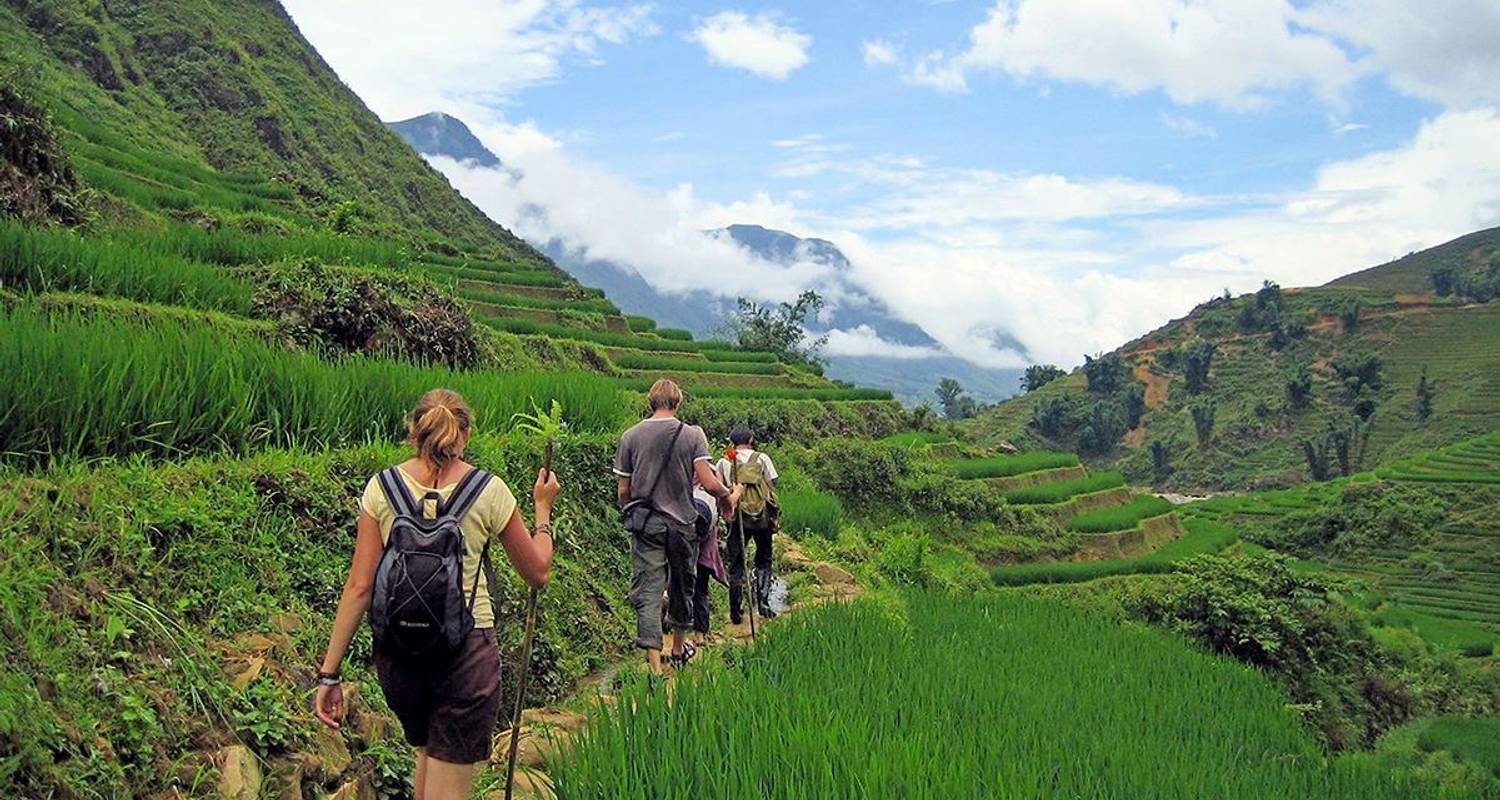
Want a trip to Sapa? How to get to there?
To get to Sapa, Vietnam, most travelers start their journey from Hanoi, which offers various transport options to reach this highland town:
- By Train: Take an overnight train from Hanoi to Lao Cai, the closest railway station to Sapa. The journey takes about 8 hours.
- Once you arrive in Lao Cai, you can take a shuttle bus, a minibus, or a taxi to Sapa, which is about 35 kilometers (22 miles) away and takes approximately an hour.
- By Bus: Direct buses from Hanoi to Sapa are available, which take roughly 5-6 hours. These buses offer the convenience of departing from and arriving at various points within Hanoi and Sapa.
- There are also luxury bus services providing more comfortable seating and amenities.
- By Private Car: Hiring a private car from Hanoi to Sapa gives you flexibility and comfort. The drive takes about 5 hours and allows you to enjoy the scenery at your own pace.
- By Motorbike: For the more adventurous traveler, renting a motorbike and driving to Sapa is an option. However, this is recommended only for experienced riders familiar with Vietnam’s road conditions.
- By Air: While there is no direct airport in Sapa, you can fly from Hanoi to Noi Bai International Airport and then choose one of the above methods to continue to Sapa.
It’s always a good idea to book your tickets in advance, especially during peak tourist seasons, to ensure availability.
What to eat on your trip to Sapa?
When visiting Sapa, you have the chance to taste a variety of unique and delicious local dishes that reflect the diversity and richness of the mountainous region’s culinary traditions. Here are some must-try foods on your trip to Sapa:
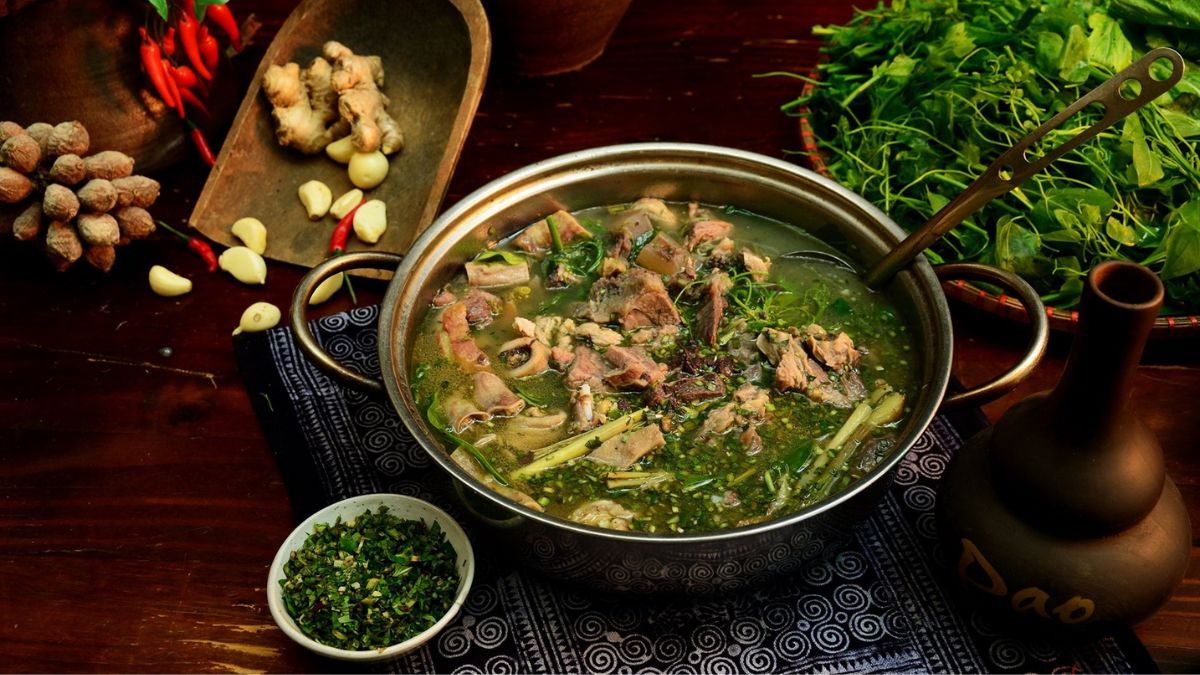
- Thắng Cố: A traditional Hmong horse meat stew that includes a variety of spices and ingredients like horse liver, intestines, and sometimes other meats. It’s a hearty and flavorful dish, especially popular during the colder months.
- Grilled Foods: Due to the cooler climate, grilled foods are very popular in Sapa. You’ll find street vendors grilling corn, sweet potatoes, skewered meats, and even local specialties like bamboo sticky rice (Cơm Lam) filled with chicken or pork.
- Salmon Sashimi: Surprisingly, Sapa is known for its fresh salmon, which is not native to Vietnam but thrives in the cold water streams around the area. The salmon sashimi here is fresh, tender, and a must-try for seafood lovers.
- Black Chicken (Gà Đen): A local breed of chicken with black skin and bones, known for its nutritious value and herbal taste. It’s often cooked in medicinal herbs in a soup or grilled.
- Sapa Cap Nach Pork: Cap Nach pigs are small, free-ranging pigs that forage in the forests. The meat is tender and flavorful, often grilled or roasted, and served with local herbs.
- Wild Mushrooms: Sapa’s forests are home to a variety of wild mushrooms, which are a common ingredient in many local dishes. They can be found in soups, stir-fried, or served as a side dish.
- Seven-Color Sticky Rice (Xôi Bảy Màu): This colorful dish is made by coloring sticky rice with natural plant extracts, resulting in a beautiful and photogenic dish that’s as tasty as it is pretty.
- Sapa Trout: Similar to salmon, the trout in Sapa are raised in the cool mountain waters and can be prepared in various ways, such as grilled, steamed, or cooked in a hotpot.
- Green Tea: Grown in the surrounding highlands, Sapa’s green tea is aromatic and a perfect complement to any meal or a refreshing drink after a day of trekking.
Remember, part of the adventure is trying new things, so don’t hesitate to explore the local markets and ask for recommendations to truly experience the flavors of Sapa.
Which Vietnam travel agency should you choose?
When planning your trip to Vietnam, selecting the right travel agency is crucial to ensure a memorable and hassle-free experience. Among the myriad of options available, Vietnam Tour 247 stands out as a highly recommended choice for travelers. With their comprehensive range of services, from personalized tours to accommodation and transport arrangements, Vietnam Tour 247 caters to all your travel needs, ensuring a seamless and enriching exploration of Vietnam’s rich culture, stunning landscapes, and vibrant cities.
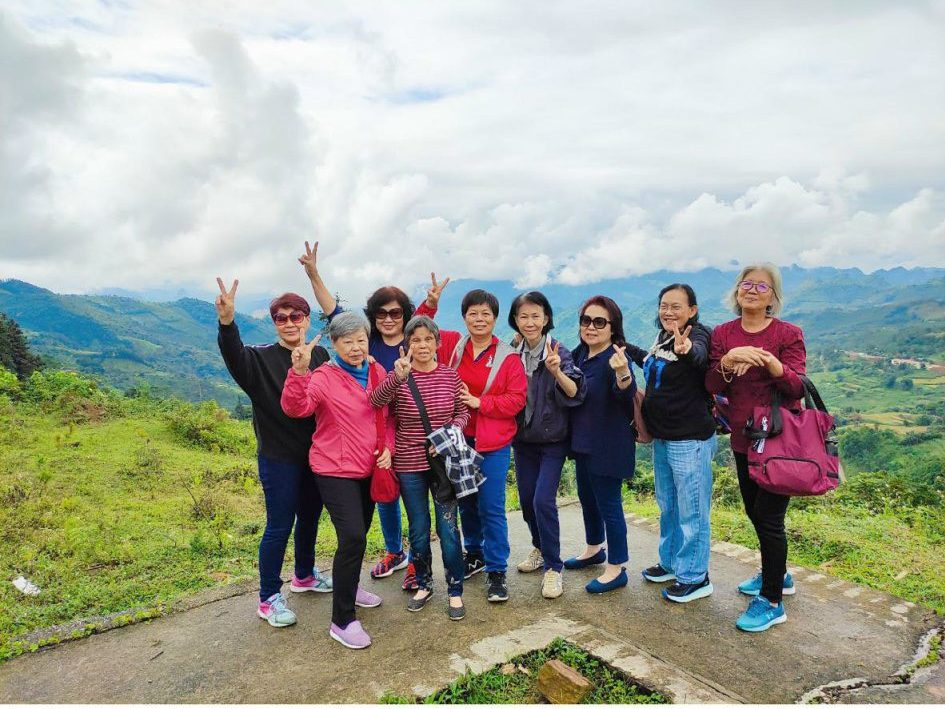
Their expert knowledge and dedication to providing exceptional customer service make them an ideal partner for your Vietnamese adventure. Visit their website to discover the exciting travel packages and services they offer, and start planning your dream trip with Vietnam Tour 247 today.
Sapa, with its breathtaking scenery and rich cultural fabric, stands as a testament to the natural beauty and cultural diversity of Vietnam. Understanding “where is Sapa in Vietnam” is just the beginning of an adventure that takes you through its ancient history, cultural heritage, and spectacular tourist attractions. Whether you’re trekking up Fansipan, wandering through ethnic villages, or enjoying local delicacies, Sapa offers an unparalleled experience that captivates the heart of every traveler.
As you plan your journey to this remarkable destination, consider Vietnam Tour 247 for a seamless and enriching travel experience. With their expertise and comprehensive travel services, they are your ideal partner in exploring the wonders of Sapa and beyond.
Best to have a trip to Sapa – Weather in Sapa
Sapa is at its most breathtaking from spring (March–May) and autumn (September–November). During these months, the weather is pleasantly cool, and the skies remain clear, providing ideal conditions to immerse yourself in the natural beauty of the highlands without the interruption of heavy rain.
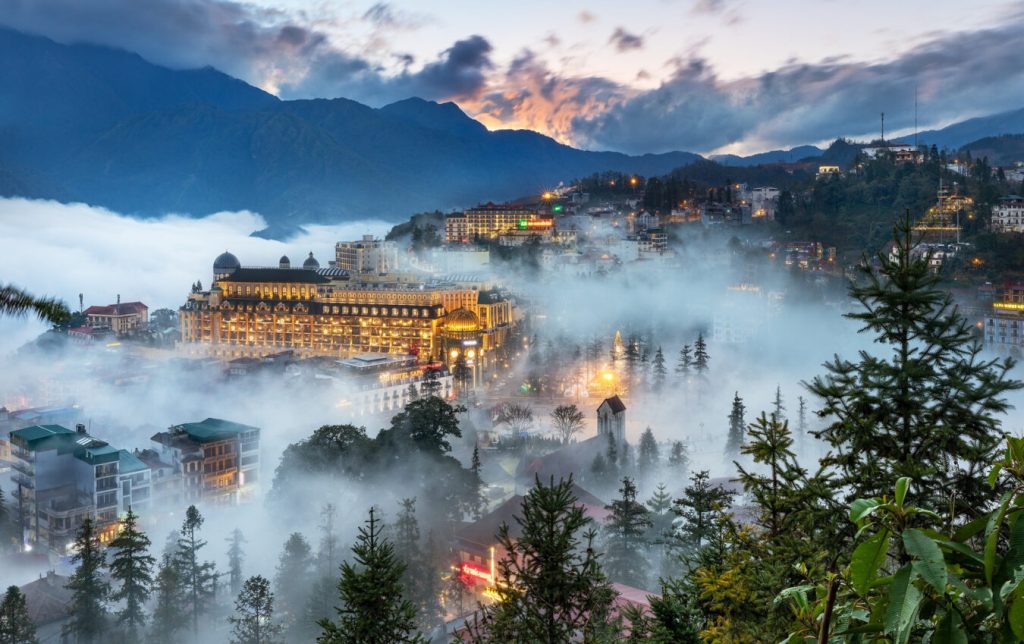
Spring (March–May) transforms Sapa into a lush paradise of blooming flowers and vibrant greenery. With mild temperatures ranging from 10°C to 20°C, it is the prime season for trekking through verdant valleys and immersing yourself in local hill-tribe cultures.
Autumn (September–November) is equally captivating, offering crisp air and minimal rainfall. This season is a photographer’s dream; specifically in September and October, the iconic rice terraces turn a brilliant gold, draping the hillsides in a breathtaking tapestry of color. For many, this is the definitive time to experience Sapa’s natural majesty.
In conclusion
Where is Sapa in Vietnam? What are attractions visitor in this place?
From breathtaking vistas to world-class cuisine, Sapa offers an unparalleled travel experience. We trust that this guide to the best activities and local specialties will be a valuable resource for your planning. If you want to have a trip to Sapa, please contact us by:
- Website Vietnamtours247
- Hotline: (+84) 979133907
- WhatsApp: (+84) 916289247
- Email: sales@vietnamtour247.com
- Vietnam: 128 Ngoc Tri St, Long Bien District, Hanoi
FAQs
1. What is the best time to visit Sapa?
The best periods are from March to May and September to November. These months offer stable weather, clear skies, and the most beautiful scenery, whether you’re looking for blooming flowers or golden rice terraces.
2. How do I get to Sapa from Hanoi?
You can take a sleeper bus (5-6 hours) for convenience and speed, or a night train (8 hours) for a more classic, comfortable experience. Private cars are also available for more flexibility.
3. What should I pack for Sapa’s weather?
Pack layers. Temperatures can drop significantly at night. You’ll need comfortable trekking shoes, a light jacket for summer, or a warm coat for winter, along with a raincoat in case of sudden mist.
4. Is it necessary to hire a local trekking guide?
While not mandatory for easy paths, hiring a local guide is highly recommended for longer treks. They help you navigate hidden trails, avoid getting lost in the fog, and provide deep insights into ethnic minority cultures.
Read more:
- Heaven’s Gate Sapa: A Guide To Vietnam’s Utopia
- Signature Vietnam & Cambodia – 12 Days
- 15-day Splendour of Vietnam and Cambodia (River crossing)

